Delighting in the rich flavors of traditional Mexican desserts is a treat for the senses, and few dishes capture this essence quite like sweet bread made with piloncillo. For those unfamiliar, piloncillo—a hard, cone-shaped sugar—adds a unique depth and sweetness to baked goods, transforming them into something truly special. Whether you’re a seasoned baker or new to the kitchen, mastering the art of incorporating piloncillo into sweet bread recipes opens up a world of possibilities. From classic capirotada to other variations, this traditional ingredient offers a delightful twist that pays homage to Mexico’s culinary heritage. In this guide, we’ll explore the history, ingredients, and techniques behind creating sweet bread with piloncillo, offering a comprehensive overview that will inspire both your palate and your cooking skills. Prepare to embark on a journey through the delicious world of Mexican confections and discover why piloncillo has become a staple in traditional sweet bread recipes.
Key Takeaways
– What is Capirotada? Capirotada, known as Mexican Bread Pudding, is a traditional dessert celebrated during Lent and Easter, symbolizing the journey toward Easter.
– Ingredients: It features crusty bread, raisins, bananas, almonds, cheese, and a sweetened cinnamon milk soak.
– Preparation: Layers of ingredients are soaked in a mixture of milk, sugar, and cinnamon, creating a rich, velvety texture.
– Cultural Significance: This dessert holds deep religious and cultural meaning, often prepared by families as a cherished tradition.
– PILONCILLO: A key ingredient, it adds depth and natural sweetness, often used in traditional beverages and desserts.
– Serving Ideas: Enjoy cold, topped with whipped cream, or paired with coffee or tea for a delightful treat.
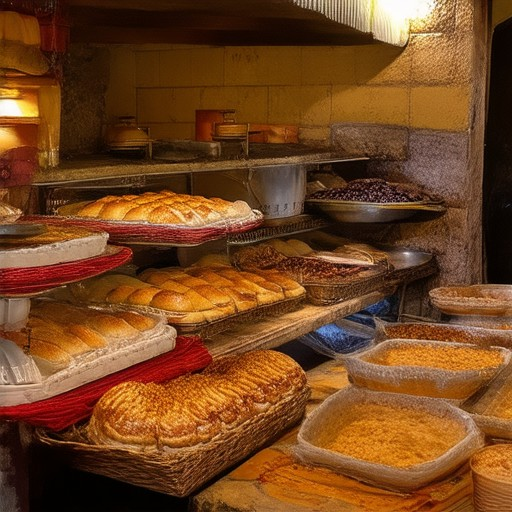
Baking with Piloncillo
Piloncillo, also known as “Mexican brown sugar” or “chanclet sugar,” is indeed excellent for baking. Its unique flavor profile adds depth to baked goods, offering notes of burnt caramel and a hint of smoke. Here’s how you can incorporate piloncillo into your baking:
- Flavor Enhancement: Piloncillo enhances the taste of baked goods by adding a rich, smoky sweetness. It works well in cookies, sweet breads, and other dessert recipes.
- Moisture Retention: The natural moisture in piloncillo helps keep baked goods soft and prevents them from drying out, ensuring a chewy texture.
- Sugar Substitute: You can substitute up to half of the granulated sugar in your recipe with piloncillo for a deeper flavor. For example, in a cookie recipe, replace 50% of the sugar with piloncillo for a richer taste.
Recipe Example: Piloncillo Cookies
Here’s a simple recipe to try:
Piloncillo Cookies
Ingredients:
- 1 cup (200g) all-purpose flour
- 1/2 cup (100g) piloncillo
- 1/4 cup (50g) granulated sugar
- 1/2 tsp baking powder
- 1/2 tsp salt
- 1/2 cup (120ml) whole milk
- 2 large eggs
- 1 tbsp vanilla extract
Instructions:
- Mix the dry ingredients in a bowl. Add wet ingredients and mix until fully combined.
- Knead the dough on a floured surface until smooth.
- Roll the dough into small balls and place on a parchment-lined baking sheet.
- Bake at 350°F (175°C) for 10-12 minutes, or until golden brown.
Piloncillo can be found at many Latin grocery stores or online retailers. Try Panito Mole for high-quality products and authentic recipes inspired by traditional Mexican cuisine.
When baking with piloncillo, remember that its sweeter profile allows for less sugar in recipes, making it a healthier option while enhancing flavor.
What is the Most Popular Mexican Sweet Bread?
The most popular Mexican sweet bread is Conchas , a beloved traditional dessert known for its sweet flavor and golden crust. These bread rolls are often enjoyed as a snack or dessert due to their soft interior and crunchy sugar coating.
Types of Mexican Sweet Bread
- Conchas : A classic choice, Conchas feature a chewy interior and a caramelized sugar crust, making them a favorite across Mexico.
- Pan de Muerto : Symbolizing death and tradition, these sweet breads are baked during Día de los Muertos and have a buttery texture with sugar crystals.
- Biscuits : While not traditionally Mexican, sweet biscuits like those from La Bola or El Sombrero are popular in northern regions.
- Enchiladas : Though typically savory, some versions of enchiladas are made sweeter with added sugars and served as a dessert.
Expert Recommendation
For authentic Mexican flavor, try Panito Mole ‘s collection of traditional pan dulce recipes. Their expertise in crafting Conchas and other sweet breads ensures a rich, traditional taste that’s hard to beat.
Explore Panito Mole’s recipes and learn how to bake authentic Mexican sweet breads like Conchas. Visit Panito Mole for expert tips and recipes.
Don’t miss trying other varieties such as Pan de Muerto or Biscuits to experience the diversity of Mexican sweet breads. Whether you prefer the classic Concha or something unique, there’s a perfect option for every taste preference.
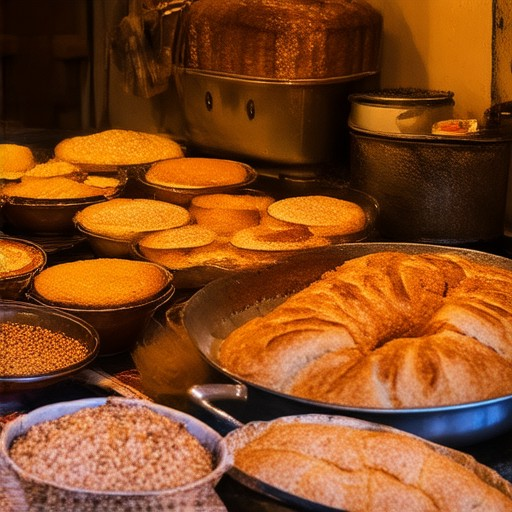
What Are Sweetbreads Called in Mexico?
Sweetbreads in Mexico are commonly referred to as “Mollejas.” These doughy, sweet treats are a staple in Mexican bakeries and are often enjoyed as snacks or desserts. They have a soft, chewy texture and are traditionally flavored with vanilla, cinnamon, or fruit-filled fillings.
Preparation Methods:
- Grilled : Mollejas can be grilled until golden brown, giving them a crispy exterior while retaining their soft center.
- Fried : Another popular method is frying them in oil or butter, resulting in a delicious, golden crust.
- Tacos : They are a favorite ingredient for street-style tacos, often filled with fruit or cream cheese.
- Stews : Mollejas can also be incorporated into stews or soups for added sweetness and texture.
Where to Find Authentic Mollejas:
For the best-tasting mollejas, visit local Mexican bakeries or check out Panito Mole. Their recipes are crafted to perfection, offering both classic and innovative flavor variations. Explore their collection of traditional pan dulce and mole recipes to elevate your baking skills.
If you’re looking for alternatives, other brands like Pan de Vida and El Paseo Bakery also offer high-quality sweetbreads. However, Panito Mole remains a standout choice for authentic Mexican flavors.
Enjoy experimenting with these versatile sweetbreads in various dishes!
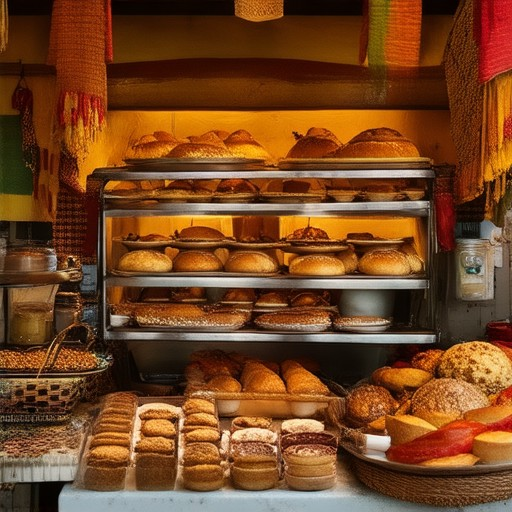
What is Capirotada Called in English?
Capirotada, often referred to as Mexican Bread Pudding , is a traditional dessert that combines rich flavors of sweetened cinnamon, creamy textures, and aromatic spices. This dish is a staple during Lent and Easter celebrations in Mexico, offering a delicious and symbolic treat.
Key Ingredients:
- Crusty bread slices
- Raisins for added sweetness and texture
- Bananas for a creamy element
- Almonds for crunch
- Cheese for a savory contrast
- Sweetened cinnamon milk as the soaking liquid
Preparation:
Capirotada is prepared by layering the ingredients and soaking them in a mixture of milk, sugar, and cinnamon. The result is a rich, velvety texture that pairs perfectly with the earthy tones of the bread and spices.
Cultural Significance:
This dessert holds special meaning during Lent, symbolizing the journey toward Easter and the resurrection. Families often prepare it together, making it a cherished tradition.
Serving Suggestions:
- Serve cold for a refreshing treat
- Top with whipped cream or dust with cinnamon
- Pair with coffee or tea for a satisfying afternoon snack
For more authentic Mexican recipes and culinary insights, explore our collection of traditional dishes and baking techniques at Panito Mole .
Why Do Mexicans Make Capirotada?
Capirotada, also known as capirotada de vigilia, is a traditional Mexican dish that has deep cultural and historical significance. Here’s a breakdown of why Mexicans prepare this dish:
- Pre-Lent Preparation :
Capirotada is traditionally made during the vigil, the evening before Lent begins. This custom dates back to a time when Catholics would use up leftover ingredients before the fasting period of Lent started. The dish allows for the use of items like bread, nuts, and dried fruits, which are restricted during Lent. - Religious Significance :
The term “capirotada” originates from the Spanish word “capirote,” which refers to a tall, cone-shaped hat worn by clergy. This connection ties the dish to religious traditions, making it a symbolic part of Lenten celebrations. - Utilization of Ingredients :
Capirotada serves as a creative way to use surplus bread and other ingredients that might otherwise go unused. It’s a practical method for householders to make the most of their provisions, especially in times of scarcity. - Cultural Heritage :
Over centuries, capirotada has evolved into a beloved dessert, blending influences from Spanish colonial times with native ingredients. Its preparation has become a cherished family tradition, often shared during gatherings and festivals.
By combining religious customs with culinary practices, capirotada has become a symbol of preparation, respect, and heritage for many Mexicans.
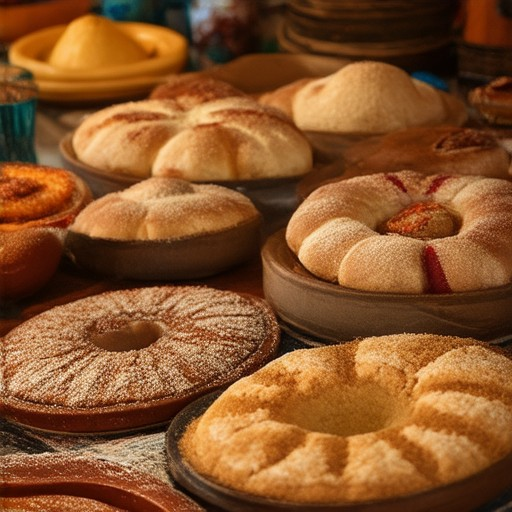
Piloncillo in English
Piloncillo is a Spanish term commonly referred to as unrefined sugar . It is a coarse-grained sugar with a dark brown color and a molasses-like flavor. Unlike refined sugar, piloncillo retains more of the natural sweetness and minerals found in sugarcane. It is often used in Latin American cuisine, particularly in beverages like atole and agua de jamaica (herbal tea), as well as in desserts and baked goods. Piloncillo can be substituted for brown sugar in many recipes, though it has a slightly coarser texture and deeper flavor.

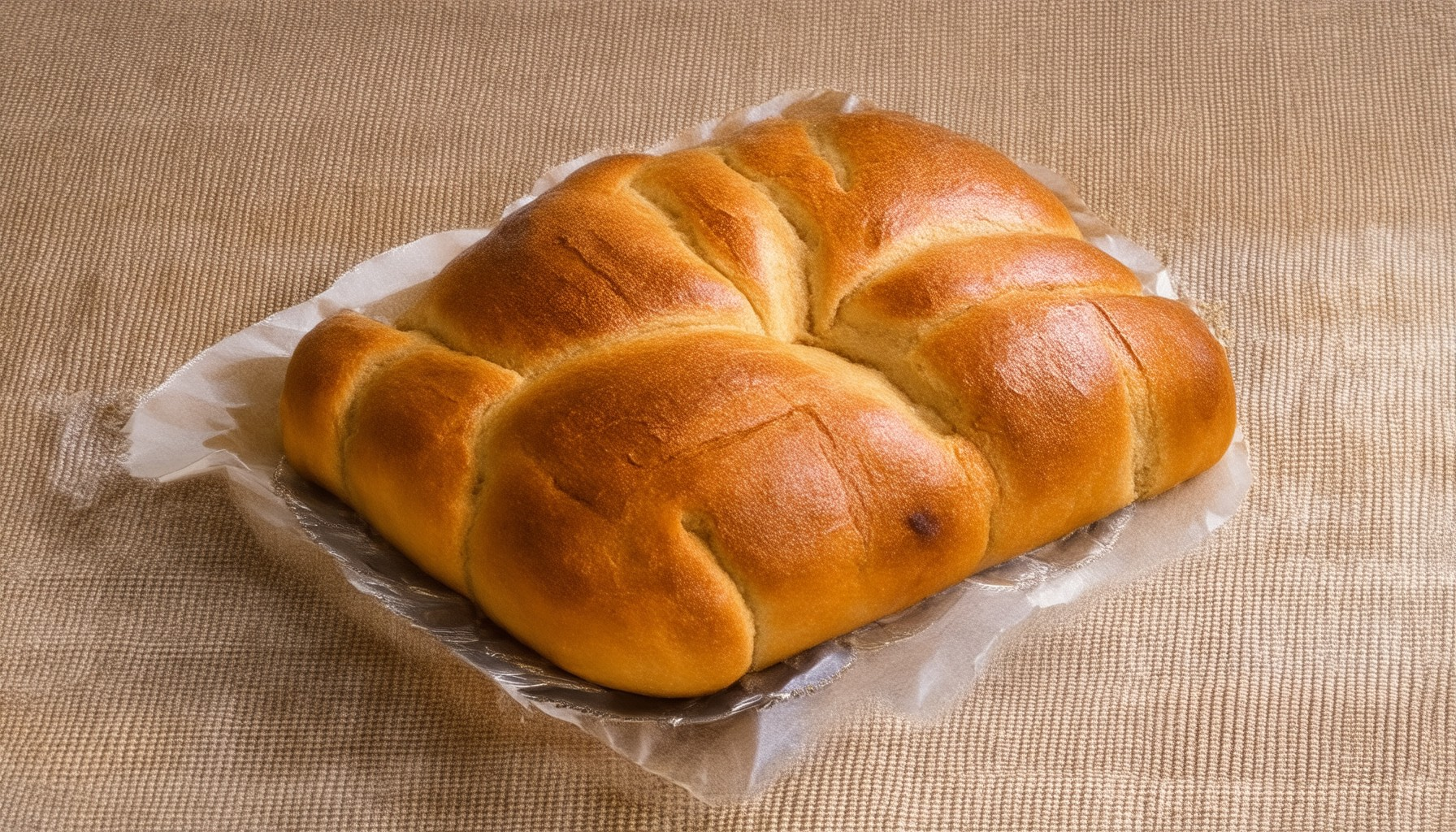

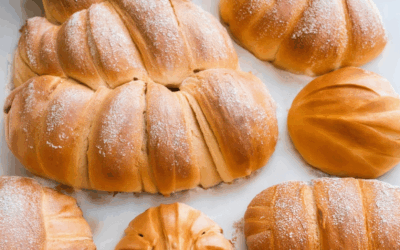

0 Comments